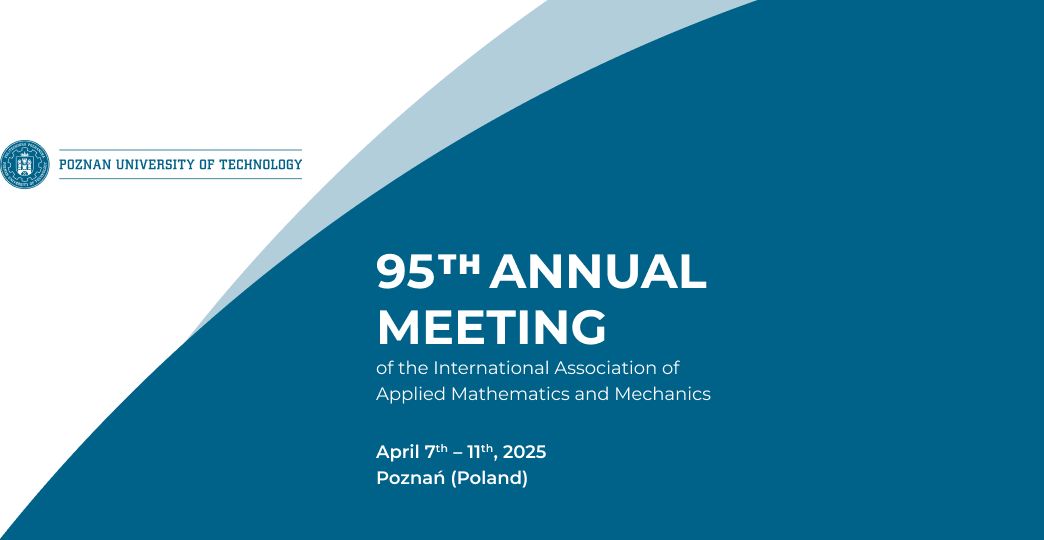Speaker
Description
Ferroelectrics exhibit many interesting effects, both linear and nonlinear, which is why these materials are widely used in science and industry. Recently, the nonlinear effects have also been employed in the field of energy harvesting [1,2,3], while for a long time only linear effects were exploited. Moreover, nonlinear effects are irreversible and are accompanied by energy dissipation, which generally leads to a temperature rise of the material. For modeling the characteristic nonlinear effects of ferroelectric materials, there are various possibilities, in particular microphysical and, phenomenological models. Ferroelectric energy harvesting concepts are investigated theoretically, based on a microphysically motivated thermo-electromechanical multiscale constitutive framework. Taking advantage of comparatively large changes of strain and polarization due to domain switching, the electric output is higher compared to what is commonly known as piezoelectric energy harvesting. Dissipative self–heating and augmented damage accumulation, on the other hand, may impede the operability of the harvesting device, in particular if tensile stress is required for depolarization, as suggested by recent works [1,3]. A new harvesting cycle [1] thus dispenses with tensile stresses and instead exploits the potential of existing residual stresses. It is further investigated to which extent a bias field, commonly applied to support repolarization as an important stage of the cycle, can be omitted, saving considerable effort on the technical implementation. Process parameters are obtained from various simulations by pareto-optimization, considering, inter alia, the effect of ambient temperature. Furthermore, interactions between electrical circuit and a multiscale framework are investigated, as well as the influence on the electrical output.
[1] A. Warkentin, L. Behlen and A. Ricoeur, Smart Mater. Struct. 10.1088/1361-665X/acafba (2023).
[2] L. Behlen, A. Warkentin and A. Ricoeur, Smart Mater. Struct. 30 035031 (2021).
[3] W. Kang, L. Chang and J. E. Huber, Nano Energy 93 (2022), p. 106862.

